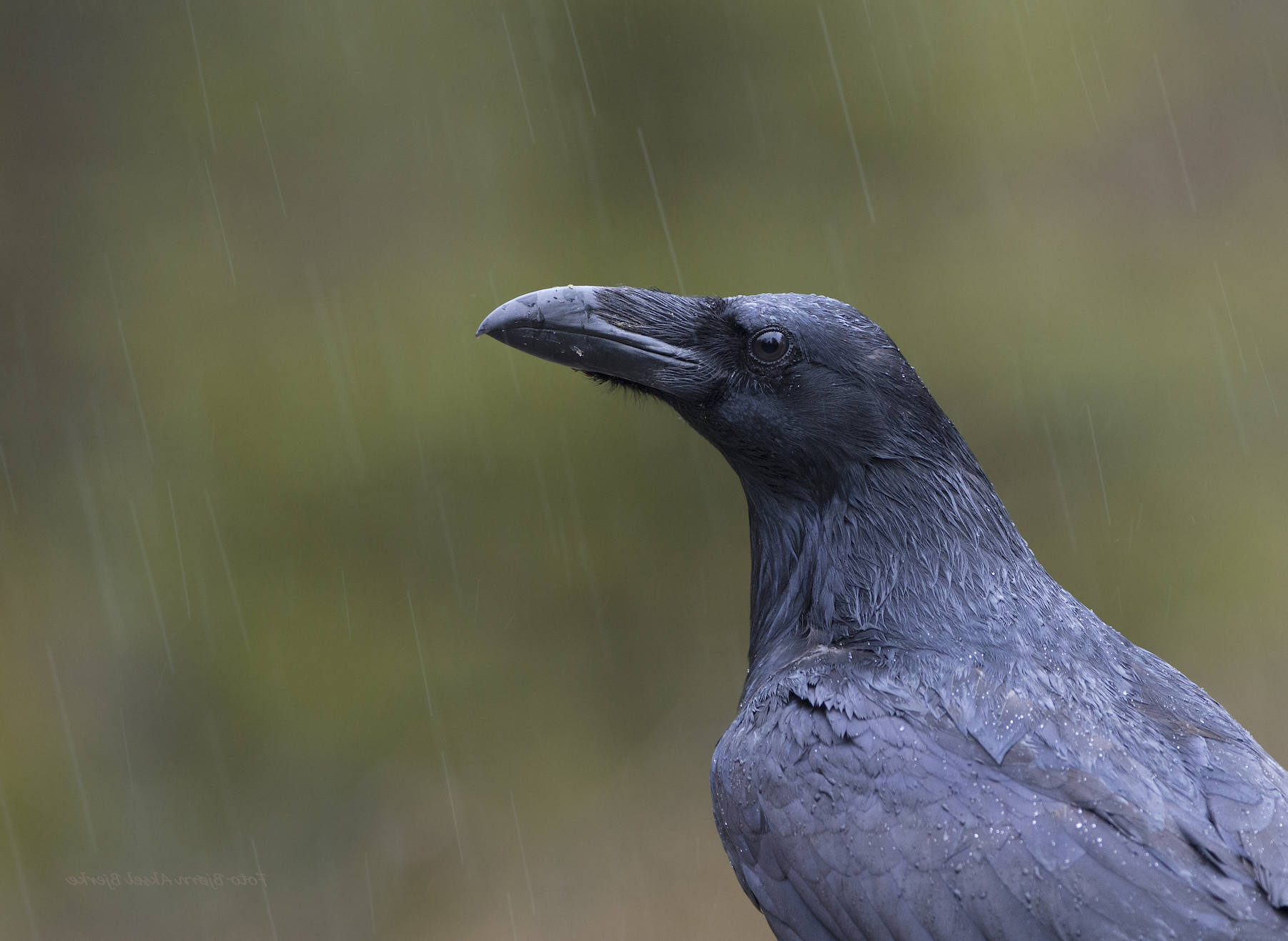
Two types of common ravens hybridize into one species
Speciation reversal occurs when two distinct lineages hybridize and ultimately become one. A new study that was focused on Common Ravens has provided some of the strongest evidence to date of this phenomenon.
Kevin Omland is a professor of Biological Sciences at University of Maryland, Baltimore County (UMBC) and a co-author of the study.
“The bottom line is speciation reversal is a natural evolutionary process, and it’s probably happened in hundreds or almost certainly thousands of lineages all over the planet,” said Professor Omland.
“One of our biggest goals is to just have people aware of this process, so when they see interesting patterns in their data, they won’t say, ‘That must be a mistake,’ or, ‘That’s too complicated to be correct.’”
For the investigation, the researchers used genomic data from hundreds of ravens across the continent of North America.
“Integrating all of the results across so many individuals, and from such diverse datasets, has been one of the most challenging aspects of this study,” explained study first author Anna Kearns. “Next-generation genomic techniques are revealing more and more examples of species with hybrid genomes.”
Professor Omland first began this research in 1999, when Common Ravens were considered to be a single species. The following year, he identified two Common Raven lineages – one concentrated in the southwestern United States called “California” and another lineage found everywhere else called “Holarctic.”
Further research conducted in 2012 revealed that, even though the California and Holarctic ravens split up around two million years ago, they mixed back together at some point within the last tens of thousands of years.
“The extensive genetic data reveals one of the best supported examples of speciation reversal of deeply diverged lineages to date,” said co-author Arild Johnsen. “The biggest thing is the degree to which we’ve caught them in the act.”
Professor Omland explained that humans also have a history of speciation reversal, which is seen in the genetic material we inherited from early humans such as the Neanderthals and Denisovans.
“Because speciation reversal is a big part of our own history, getting a better understanding of how that happens should give us a better sense of who we are and where we came from. These are existential questions, but they are also medically relevant as well.”
The study is published in the journal Nature Communications.
—
By Chrissy Sexton, Earth.com Staff Writer
Image Credit: Bjørn Aksel Bjerke/University of Oslo













